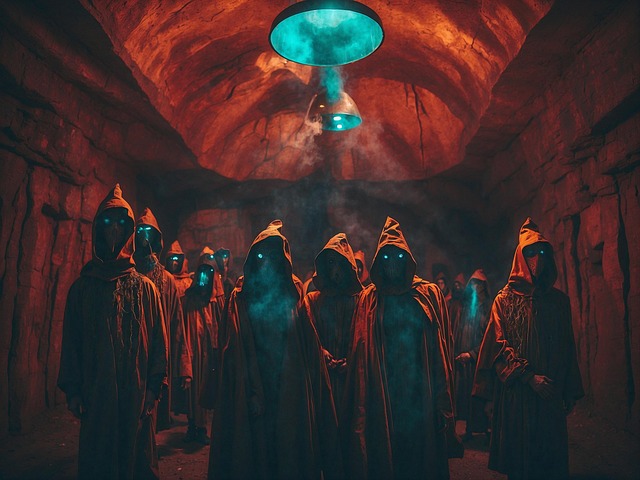In the realm of storytelling, the figure of the villain often serves as a crucial counterpoint to the hero, embodying chaos, ambition, and a sense of unpredictability that keeps audiences on the edge of their seats. Among the myriad of villains that capture our imaginations, the “mad villain” stands out—a character who dances on the edge of sanity, driven by twisted motivations and a complex inner world. The allure of these mad villains often lies not just in their malevolence but in the dark secrets they conceal. In this exploration, we will delve into the psyche of the mad villain, uncover the secrets that lurk beneath their wickedness, and examine how these elements intertwine to create tales that captivate and enthrall.
The Allure of Madness
Madness, in storytelling, transcends mere insanity. It embodies a haunting uncertainty—an unpredictable force capable of driving narratives into unforeseen territories. Characters such as the Joker from “Batman,” Heathcliff from “Wuthering Heights,” and even Loki from the Marvel Universe exemplify the seductive nature of madness. These characters don’t play by the rules; their actions stem from deeply-rooted pains, desires, and ideologies that often clash starkly with societal norms.
What makes the mad villain captivating is their ability to challenge the status quo. They act as mirrors reflecting the darkest parts of humanity—fear, anger, and repressed desires. As readers or viewers, we find ourselves drawn to these figures, both repulsed and fascinated by their complexity. The secrets they harbor often provide the key to understanding their motivations—revealing a humanity that is shadowed by their madness.
Uncovering Dark Secrets
The secrets of a mad villain often serve as the backbone of their character development. These revelations can come in many forms—traumatic past experiences, forbidden knowledge, or hidden aspirations that drive their chaotic behavior.
Take, for instance, the character of Anakin Skywalker from the “Star Wars” saga. His descent into Darth Vader is largely driven by personal loss and the fear of failing to save loved ones. His madness is rooted not only in ambition but in a profound sense of grief and longing. The revelation of his past plays a critical role in humanizing him, making the audience grapple with the moral ambiguity of his choices.
Likewise, in stories featuring mad scientists or tyrants, their secrets often revolve around a desire for power or knowledge at any cost. Victor Frankenstein, for instance, illustrates the dangerous obsession with creation and the ethical boundaries one might cross when driven by unchecked ambition. The revelation of their secrets not only adds depth but also forces the audience to question the nature of good and evil.
Embracing the Abyss
To embrace the mad villain’s secrets is to willingly venture into the abyss—an exploration of the darker facets of human nature. This journey is not easy; it often involves grappling with uncomfortable truths and challenging the perception of what constitutes villainy and heroism. When we attempt to understand these characters, we strip away the layers of villainy to reveal the trauma and circumstances that birthed their madness.
This exploration fosters empathy, allowing us to see beyond their despicable actions. In doing so, readers and audiences may discover parallels within themselves—moments of vulnerability, anger, or betrayal that resonate with the villains’ experiences. The abyss becomes not just a realm of darkness, but a space for reflection and understanding, ultimately enriching our engagement with the narrative.
The Dance of Chaos and Order
The mad villain’s chaotic presence often disrupts the narrative’s order, juxtaposing their wild unpredictability against the hero’s quest for balance and justice. This tension propels the story forward, creating an intricate dance between chaos and order. The unveiling of secrets adds layers to this dance, transforming mere antagonism into a complex psychological interplay.
As the hero confronts the mad villain, the revelations can lead to unexpected alliances, moral dilemmas, and profound character growth. Just as the hero seeks to uphold order, they may also find themselves grappling with the villain’s hidden truths, forcing them to reckon with their own values and the thin line separating them from madness.
Conclusion
“Into the Abyss: Embracing the Mad Villain’s Dark Secrets” serves as a reminder of the intricate tapestry woven within storytelling. The mad villain, with their tantalizing secrets, invites us to question our understanding of morality, sanity, and the very essence of humanity. As we delve deeper into these narratives, we uncover not just the darkness of others but the shadows within ourselves. Embracing the mad villain’s journey into madness is ultimately a journey into self-discovery—one that reveals the delicate balance between light and dark, order and chaos, ultimately enriching the art of storytelli
